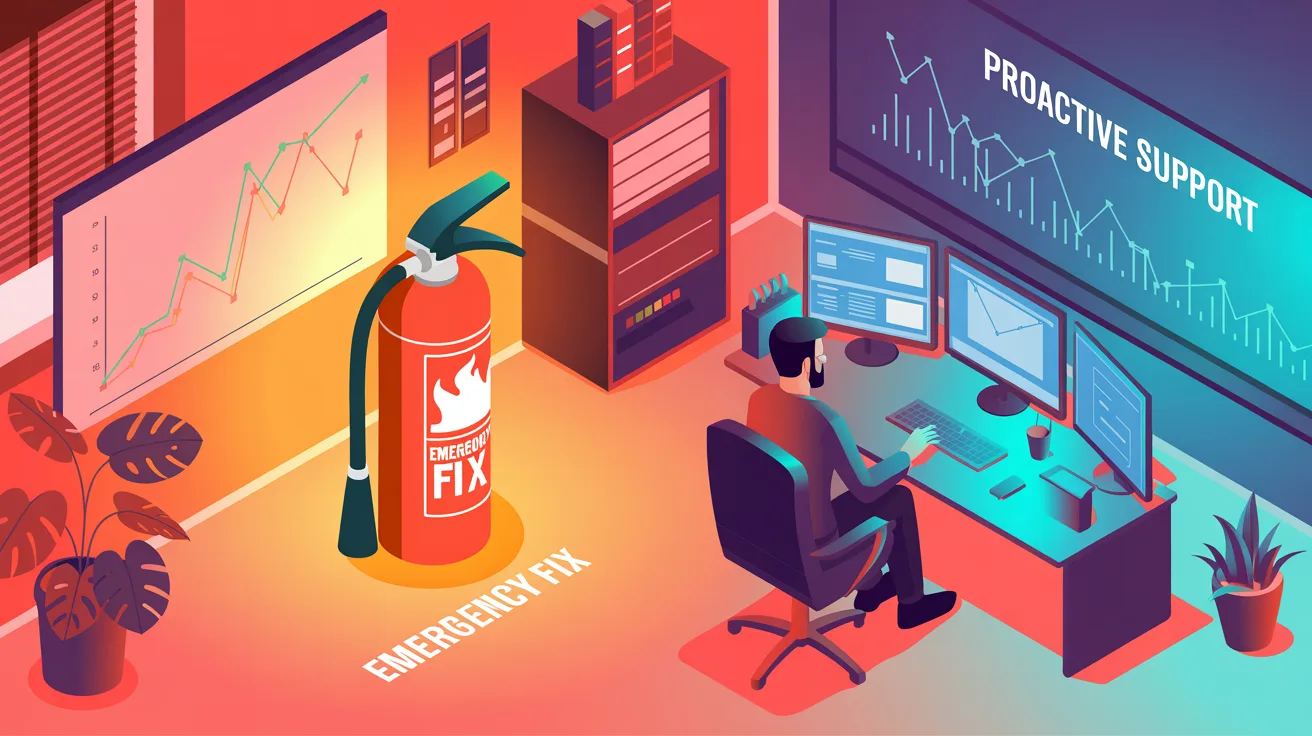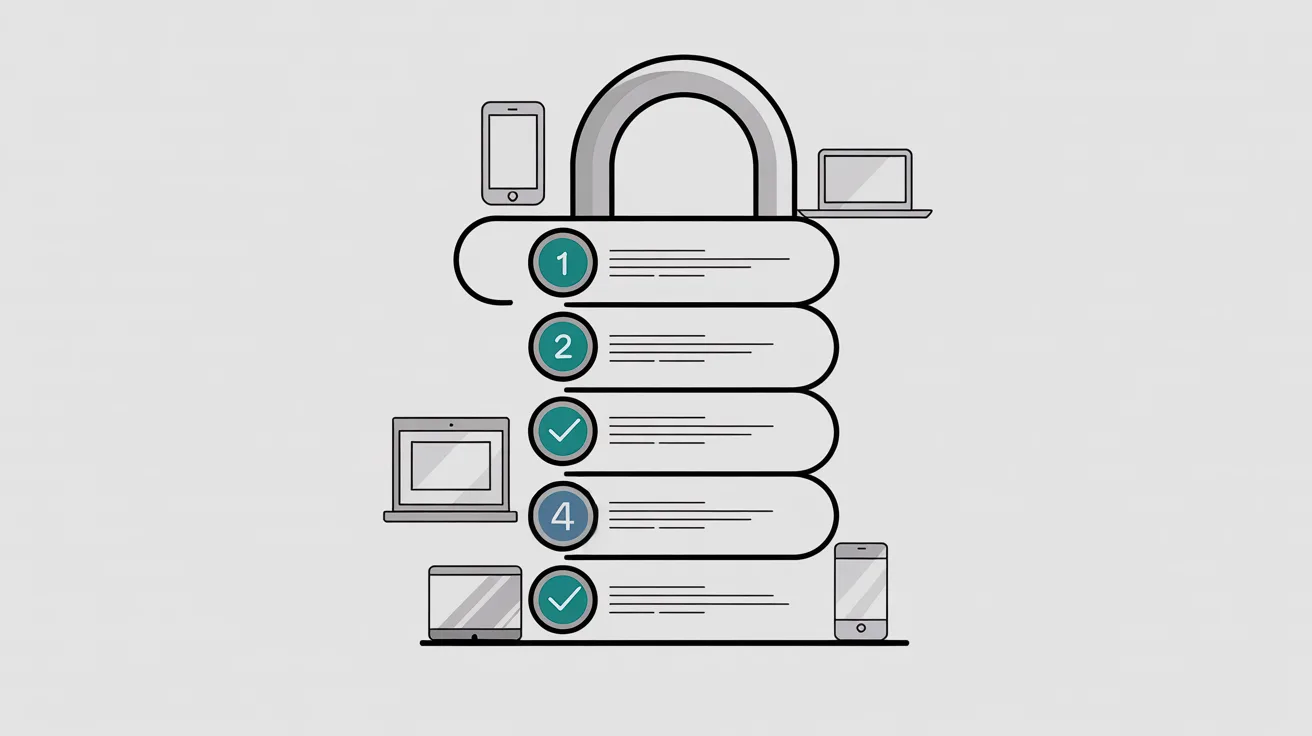
Why Growing Businesses Are Moving Away from Reactive IT Support – and why a proactive approach is becoming the new standard.
For many small and mid-sized businesses, IT support has traditionally been reactive: you call when something breaks, and someone fixes it. That model works — until it doesn’t.
As businesses grow, take on more complexity, or face compliance requirements like Cyber Essentials or ISO 27001, the reactive model often struggles to keep up. More companies are now shifting toward a proactive model of IT support that does more than fix problems — it helps prevent them.
What Is Reactive IT Support?
The reactive model is still the norm for many IT providers. It typically includes:
This model is built to respond quickly when things go wrong. But it has some limitations, particularly for businesses with growing teams, hybrid work environments, and compliance obligations.
Reactive support is inherently backward looking — focused on what’s already broken. Over time, this can lead to:
What Is Proactive IT Support?
Proactive IT support is designed to keep systems stable, secure, and forward-looking. Instead of only responding to issues, it actively works to reduce them.
A proactive approach usually includes:
Proactive support creates space to build resilience, adopt best practices, and improve productivity — rather than just firefighting issues.
Who Benefits Most from a Proactive Approach?
Proactive IT support is especially valuable for businesses that:
If your business can’t afford downtime, slow responses, or compliance risk, then the cost of inaction may outweigh the investment in a proactive support model.
What Does It Typically Cost?
Proactive IT support is usually delivered as part of a fully managed service, priced per user per month.
For UK-based businesses, the average is around £110–£160 per seat, depending on complexity, regulatory needs, and project requirements.
That pricing typically covers:
Ask Yourself This
Would you rather be told what went wrong last quarter — or be guided toward what to do better next?
That’s the real difference between a proactive partner and a reactive supplier.
The right IT support model should do more than fix problems. It should align with your goals, reduce your risk, and enable your people to do their best work — securely and efficiently.
Next Steps
If you’re evaluating IT support options, here are a few questions to ask:
A proactive model doesn’t just improve IT — it improves business performance.





